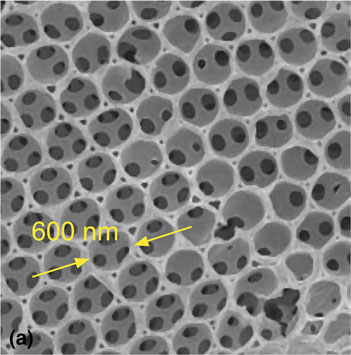Article contents
Model for instrumented indentation of brittle open-cell foam
Published online by Cambridge University Press: 23 July 2018
Abstract

A model is developed and implemented for load-controlled instrumented conical indentation of a brittle open-cell foam on a dense substrate. A survey of observations suggests that such indentations are typified by displacement excursions at small indentation loads, load-displacement variability, localized crushing, and a discrete to continuum transition at intermediate loads. The model includes all these effects as well as stiffening at large loads as the substrate is encountered. Direct quantitative comparison is made with measurements of a silica foam on a soda-lime glass substrate, strongly supporting the physical basis of the model.
- Type
- Research Letters
- Information
- Copyright
- Copyright © Materials Research Society 2018
References
- 2
- Cited by





